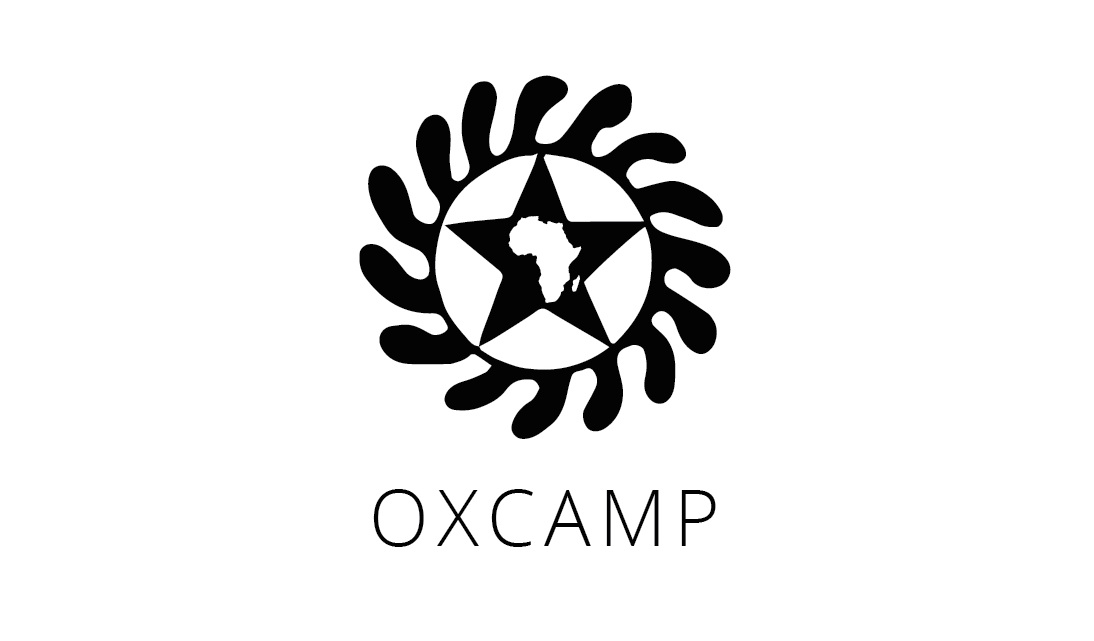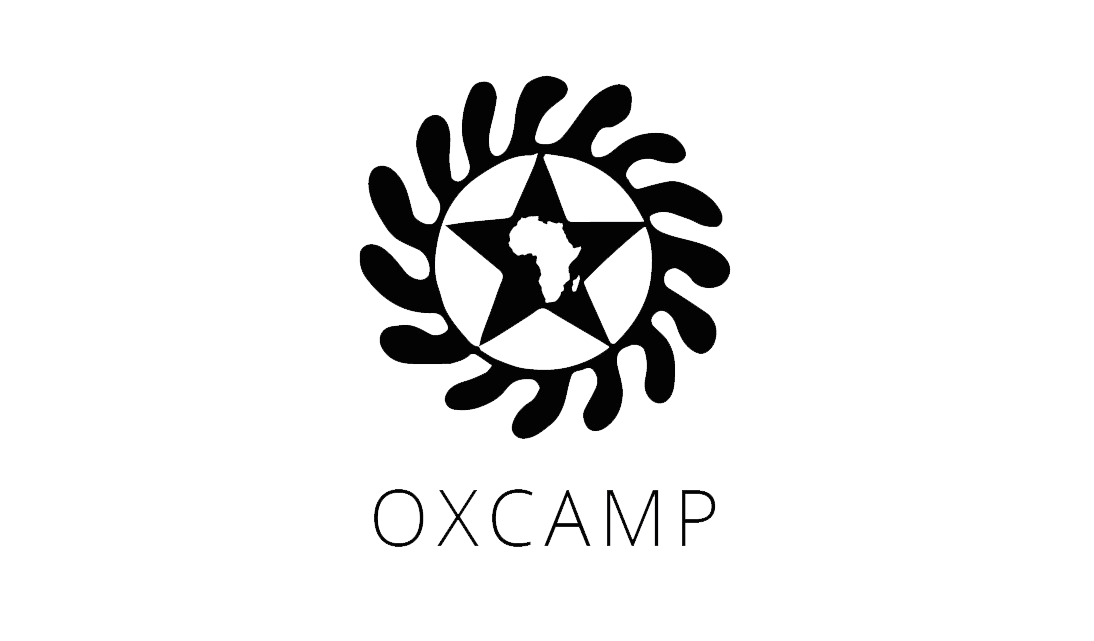“A as in AQUA,O as in orange,L as in lemon,” says the Nigerian-born museum director, curator and art critic Okwui Enwezor, talking into one of his two cell phones on the terrace of a hotel in Venice, Italy. Big-lensed Persol sunglasses with tortoiseshell frames conceal his eyes, and a black handkerchief, knotted in the front, encircles his neck. Enwezor, 50, is best known as the director of the Haus der Kunst museum in Munich, and earlier this year, he was appointed artistic director of the next Venice Biennale. But before he had anything to do with contemporary art, Enwezor was a poet.
Famously, he is also something of a clotheshorse, favoring bespoke double-breasted suit coats and pocket squares to the art world’s unofficial minimalist uniform. Yet on this morning in June, he is without the bulk of his wardrobe. The day before, he flew from Melbourne through Sydney and onward over Dubai to Italy. His luggage, however, did not—so Enwezor is on the phone with Emirates airlines requesting tracking information and spelling his email address. (For the past several nights, he has made do in the evenings with a navy Prada suit that fit him off the rack.) The attendant on the other end of the line doesn’t understand. “No,” he says, switching from the phonetic alphabet of his own invention to the international standard: “Alpha, Oscar, Lima.”
Enwezor is accustomed to constant travel. He was in Australia for one week meeting artists and seeing work—part of the colossal research involved in conceiving, assembling and managing the 56th Venice Biennale, opening in May 2015. He’s in Venice today to attend this year’s Architecture Biennale, directed by Rem Koolhaas. (He’s also devising plans for his own show, which in years past has been led by curators such as Robert Storr, Germano Celant and Francesco Bonami.) And the following week he is to meet with potential donors in Paris to make up the gap in funding between what the eponymous foundation behind La Biennale provides, and the cost of realizing one of the largest exhibitions in the world—still La Biennale, in an age when every city seems to have one.
Then, with scarcely a moment between, he’ll visit Munich, where he’s in the third year of a five-year contract as director of the Haus der Kunst. There, Enwezor will introduce an onstage conversation between the Swiss curator Hans-Ulrich Obrist, the American composer Jonathan Bepler and the American artist Matthew Barney, whose River of Fundament, a monumental work that includes 25 tons of sculpture, much of it forged in Detroit, is on display. During the stop at the museum, Enwezor will also check on preparations for the June opening of Mise en Scéne, a show by the Canadian artist Stan Douglas composed of photographs and a film, all shot and staged to appear documentary.
Enwezor’s curatorial project has been global since the beginning, pushing African and diaspora artists to the foreground. And between the Douglas show, the museum’s retrospective of works by the mixed-media artist Ellen Gallagher earlier this year and a 2013 show of the photographer Lorna Simpson’s work, the Haus der Kunst will have already presented nearly as many major solo shows of black artists as the Museum of Modern Art in New York has in the past 20 years.

